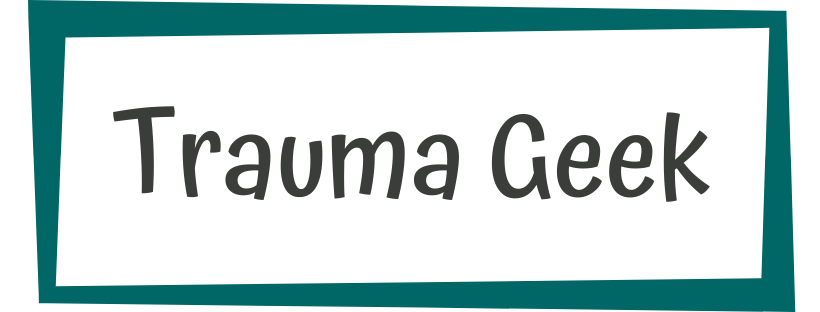My autistic social engagement system is not dysfunctional.
My autistic social engagement system is not dysfunctional.
My social engagement system hears every nuance in your voice, tracks your body language, and builds a complex editable picture of who you are as a person.
My social engagement system easily attunes to animals, children, and safe people.
On a regular basis, my social engagement system allows me to offer empathetic support for my friends and family’s day to day stresses.
Before covid, my social engagement system allowed me to dance with large groups of people without experiencing any anxiety.
My social engagement system perceives when others are socially engaged and when they are masking or fawning.
My social engagement system notices what I need and enables me to set boundaries which keep me safe.
When I appear to be avoiding socialization, I’m actually protecting my internal social engagement from external threats. (Have you ever left a party early because you didn’t want to keep pretending to enjoy yourself?)
In addition to having a hyper-functional sense of sound, taste, and smell, my social engagement system may have senses that you don’t have or haven’t accessed.
My social engagement system can sense the emotional information passed in the heart-brain magnetic field. (Yes, that's real.)
My social engagement system can “talk” with plants and trees and hear songs in rivers.
I feel the blinding light of a thousands stars if I look straight into your eyes because my social engagement system can see through your eyes into your soul.
I do not struggle to access social engagement.
My autistic nervous system has never struggled to access social engagement in safe settings.
I struggle to access SAFETY.
I struggle to be seen by your social engagement system as anything other than a threat, because I am not normal, and normal feels safe to you.
I struggle to feel safe in clinical environments where you test my body’s responses for presumed dysfunction.
I struggle to process auditory information when two people are talking at the same time because my social engagement system prefers deep connection over cerebral games.
To you researchers who pre-assume a deficit, the presentation of hyper-function of the social engagement system will never be apparent. You will continue to test for dysfunction and receive results which appear to verify their hypothesis, but you are fundamentally wrong.
The only connection between a compromised social engagement system and the atypical features associated with autism is that most of us have developmental trauma or complex PTSD. When autistic people struggle to access their social engagement system, it is NOT because our nervous systems are inherently flawed, it is because we lack safety.
My autistic social engagement system functions as it was designed to. Even the parts that have shut down to protect me from trauma are functioning exactly as they should. Shutdown of my social engagement system in response to trauma or lack of safety is not dysfunction.
Your attention would be selective too if your social engagement system perceived the nonverbal energetic level of consciousness all the time. If you could sense what I sense, your body would heavily rely on the dorsal vagus programs for disconnection so that you could rest.
If you want to help autistic people access social engagement more often, start with assuming their system is functional and look for the myriad subtle cues in their environment that are screaming “not safe” to a hyper-sensitive social engagement system.


